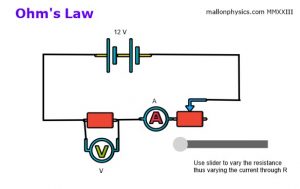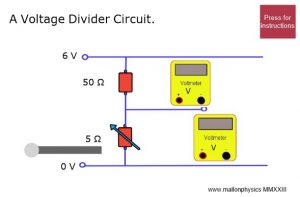Here is a vpython code to visualise the normal force acting on a block sitting on the foor.
The normal force is provided by the floor. You can think of it as a supporting force.
If the normal force was removed the box would be in freefall!
Think of standing on a trampoline. The trampoline webbing provides an upwards force to stop you falling.
This normal force would be the reading on a weighing scale.
Change the value of acceleration variable “a” in the code to see what happens to the normal force when the floor is accelerating upwards or downwards
The normal force is the reading of the weight in newtons on the weighing scale.
What is your weight reading when the floor is accelerating upwards, ie a positive acceleration and when the floor is accelerating downwards, a negative acceleration?
Press the small pencil to change the code. Then run.




